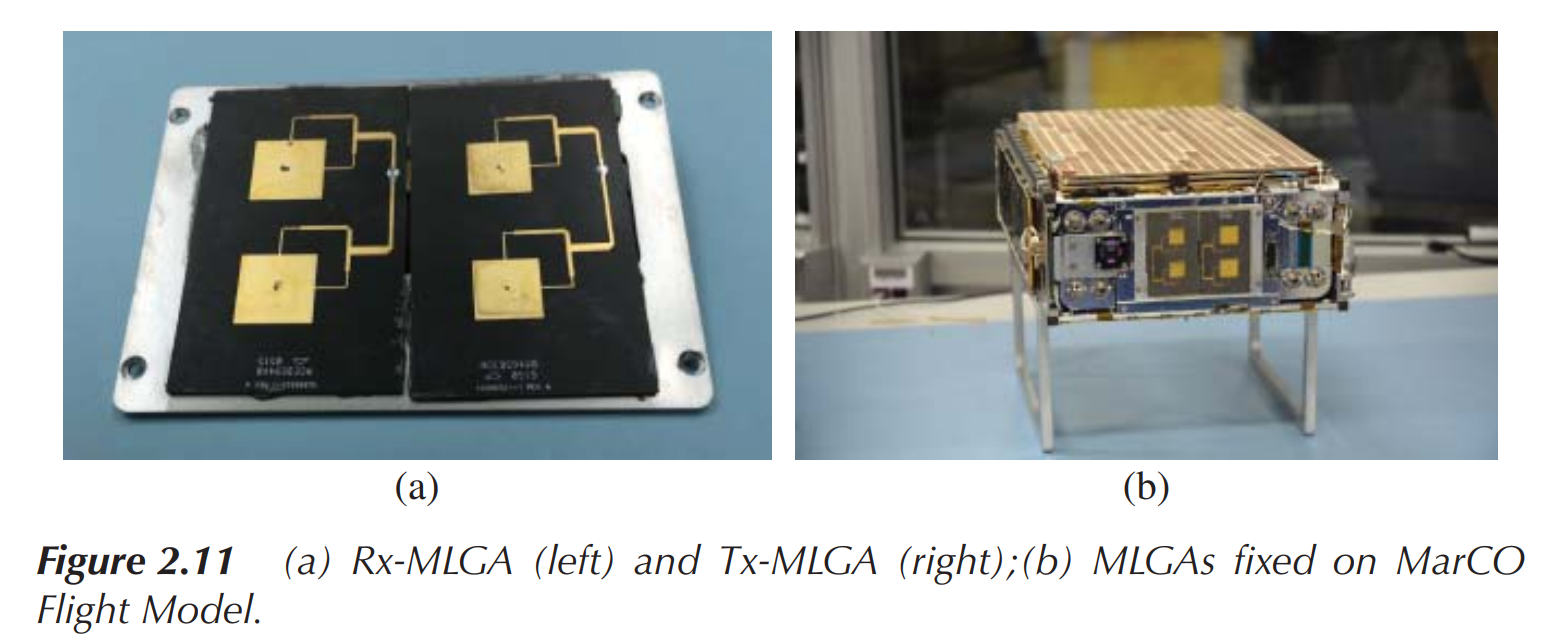| Hora | Monday | Tuesday | Wednesday | Thursday | Friday |
|---|---|---|---|---|---|
| 8-12 | X-tech (?) | Space Systems Engineering | Spacecraft Instrumentation | ||
| 13-17 | Spacecraft Instrumenstation | X-tech (?) | |||
| 18-22 |
Spacecraft Instrumentation Systems
- WHEN: 13:00 Mondays (Special sessions), 8:00 Thursdays (Theory)
- WHERE: Building 328 First floor, 123 classroom
- Professor: John
- Evaluacion: There is no exam, you handin a report with a team of 3-5. 35-40 pages from EACH team member.
Gente con la que estoy en clase: Jonas (chaval con gafas que también estaba en spacecrafts), Nina (alemana rubia)
Resulta que jonas estuvo trabajando con René en el desarrollo del DTUSAT 3, que parece que está un poco inactivo.
In this course we need to say if it is feassible. We study the technologies, but we don’t replicate any technology, we are trying to create a new one from scratch.
- Antennas of LBA in LOFAR array
- SKA Project radiotelescopio de mucho ancho de banda
- Long wavelength Array Wikipedia, Official site, Antennas de este telescopio
- 20220217 - Spacecraft Instrumentation - Choosing a feed for HF
- 20220301 - The Effects of Ground
- 20220305 - LWA Correlator and Receiver board
- 20220310 - Problems with ground dipoles in the moon
- New astronomy from the moon : a lunar based very low frequency radio array
- 20220320 - Lunar dipole results tether
- 20220328 - IQ modulation in SDR
- 20220328 - Farside - Communication and calibration beacon
- 20220502 - Spacecraft Instruments - Que presento 2 de mayo
Antenna array correlator:
- ALMA Observatory correlator
- LEDA Correlator information used in LWA, Slides explaining how the correlator works, Complete paper - Design and characterization of the Large- aperture Experiment to Detect the Dark Age (LEDA) radiometer systems
X-Tech (?)
- WHEN: Tuesdays 7:50, Friday 12:50
- WHERE: Skylab
- TEAM: 23, Jan (Mechanical and organizing), Nicolas (Mechanical and innovation), Luci (Product design in intership) and Sathma (Indian girl). The person from the company is stephan.
Fechas importantes:
- 19 mayo: Final presentation
Cosas importantes:
-
wheretoplay.com Página muy buena para ver tus oportunidades de mercado.
Things we need to submit for evaluation:
- Project status - 29 April
- Exam - 26 April
- Poster - 19 May
- Business Plan - 10 May -> It is exactly the presentation but with some anexos with information about where did you find the info.
- Lions den - 19 May
Space Systems Engineering
- WHEN: Wednesdays 8-12
- WHERE: 328/123
Gente con la que estoy en clase: Jonas (El de spacecraft Instrumentation Systems). Aldo(rubio) y David (barba y coletilla negra) (los italianos del grupo). Rima, la chavala que se sienta delante. Adam, el amigo de los americanos.
- 20220210 - Nasa Systems engineering
- 20220322 - Satellite Link Budget
- PDR presentation
- 20220505 - Spacecraft instrumentation - EMC - Electromagnetic Compatibility
Project:
- In orbit pulsar based investigation
Important dates:
- 20th April: PDR
- 17th May: Combined written report
- 24th May: Oral exam - individual group presentation
Links for the project:
Important notes during the lectures, because then I forget some important things:
- One mission going to mars
- Other mission going to the moon
- At least the complexity of TRL9, more complex missions CIS/Lunar, Asteroid by fly
- The ADCS put some datarates, that are in the discord
Class 4th may:
- ADCS team have shown a rotor of the antenna that is 5 Kg, it is SWaP
We need to decide if we are going to use a gimball for the antenna or not. Some questions that can guide us in the process:
- Communication windows: How often? How long?
- Thruster turn on and turn off: Is it possible? How much time can we turn off the thruster? How much time can be turned off?
- Heritage
- Mass
- Cost
- Complexity
The conclusion is that it going to be fixed. The communication is going to be every 12 hours. We need to think in storage, what happen if we miss one pass?

As the reflector array is only for tx, it is neccessary a rx antenna. We are going to use a patch array for a low gain antenna. It is described in page 49 of cubesat antenna design. We are going to use only one patch, so is half of 1U.
In the final report there are two sections, the trade offs and the final design. the trade off we need to put all our work during the course, and in the final design we need to put the final requirements of the spacecraft. For my part the link budget, I put everything in the tradeoffs, and then the final requirements in the final design. This report is not with a lot of theory.
DTU Ground Station
I am planning to have a special course in the DTU Ground station.